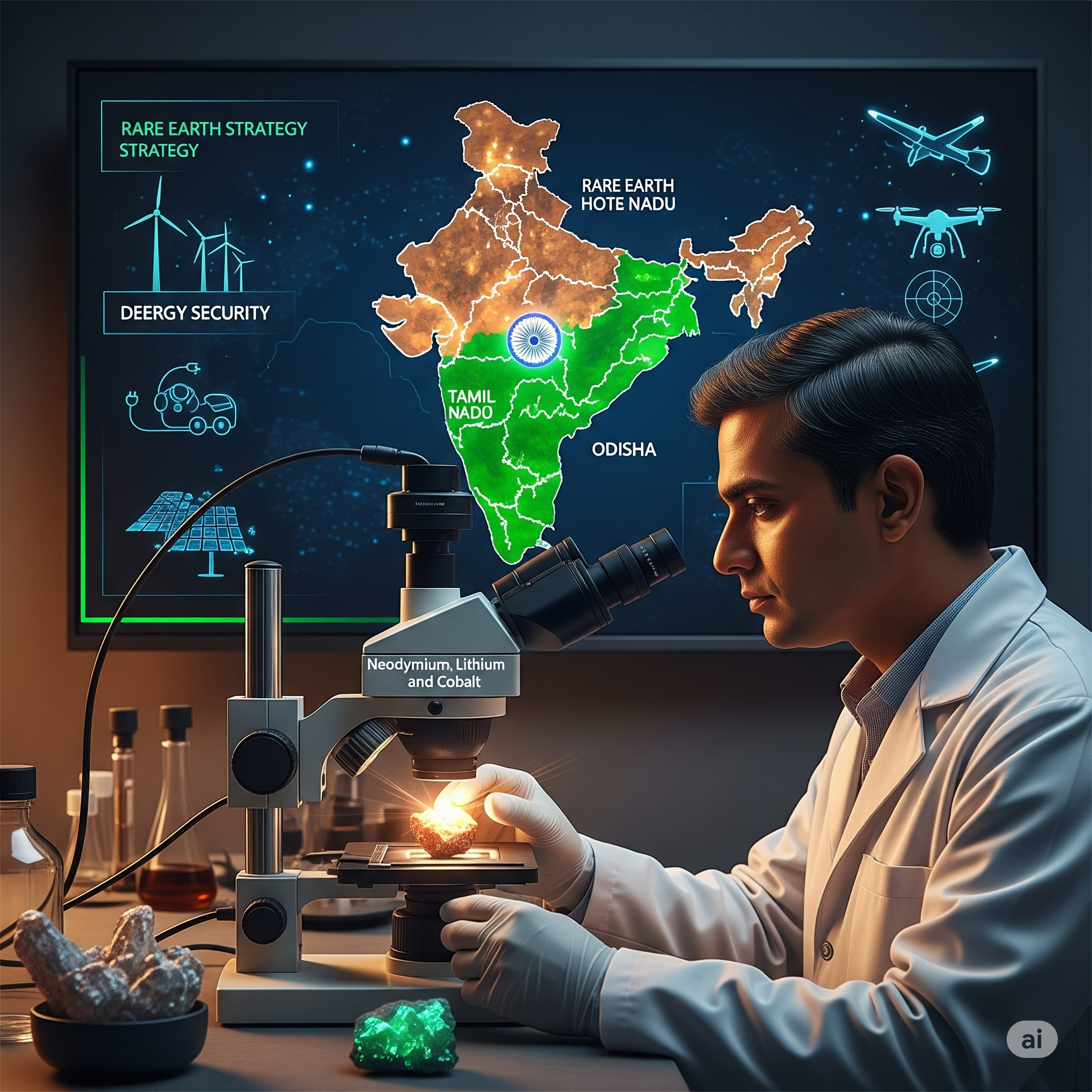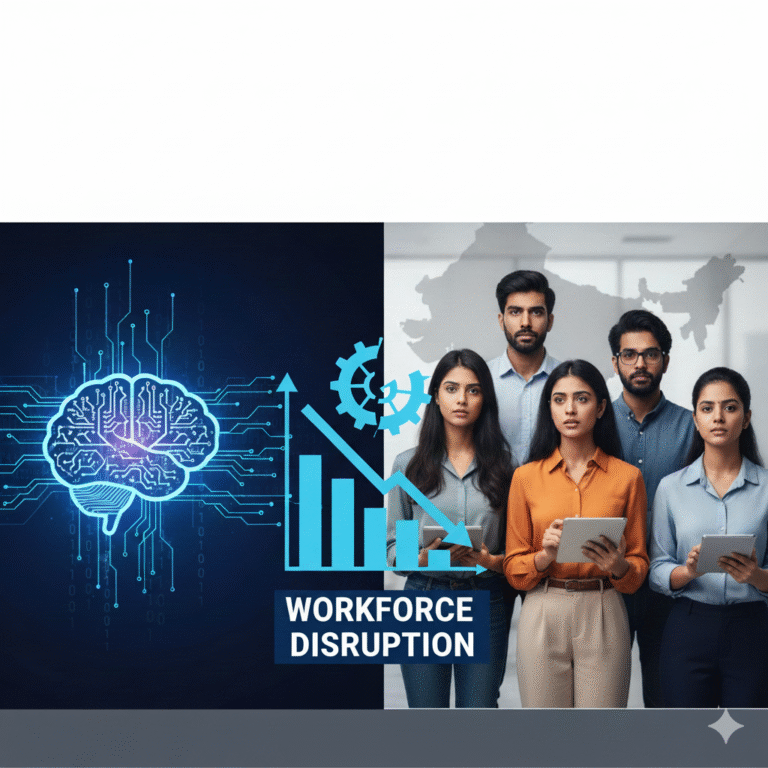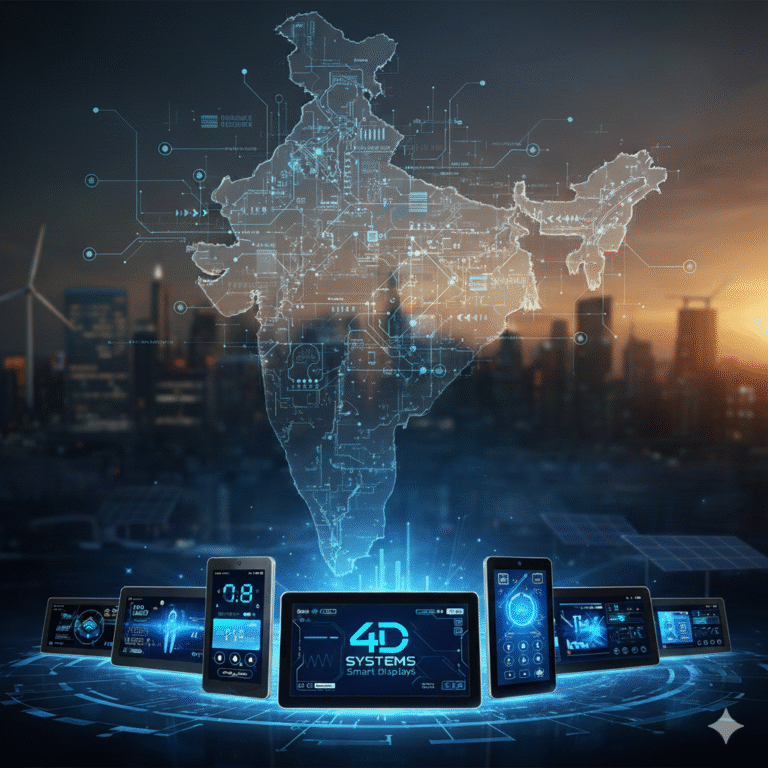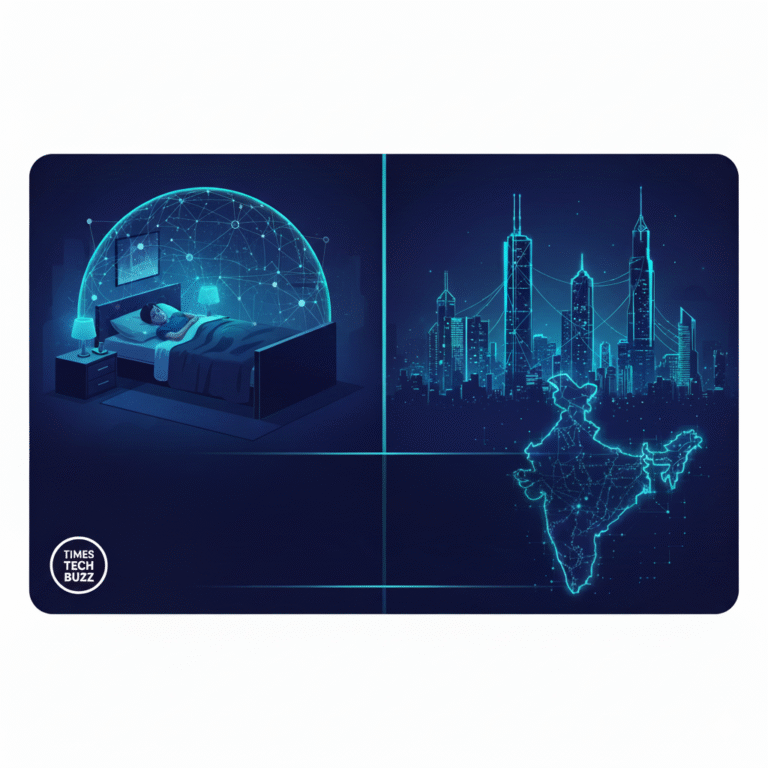📦In short
- Rare Earth Elements (REEs) are vital for electronics, defense, and clean energy.
- Critical Minerals include REEs plus other essential resources like lithium, cobalt, and graphite.
- India relies heavily on imports for both REEs and critical minerals.
- China dominates global REE production—posing a strategic risk.
- India must enhance domestic exploration, R&D, and global partnerships to reduce dependence.
🌍 Why Rare Earths and Critical Minerals Matter
As the world transitions to cleaner energy, smarter electronics, and advanced defense systems, a new kind of resource war is emerging—not for oil or gas, but for rare earth elements (REEs) and critical minerals.
India, like many countries, finds itself at a crossroads: dependent on imports, particularly from China, while trying to secure its technological future.
To understand the stakes, it’s essential to grasp the difference between REEs and critical minerals, their applications, and why India must act fast.
🧪 What Are Rare Earth Elements (REEs)?
Rare Earth Elements (REEs) are a group of 17 chemically similar metallic elements found in the Earth’s crust. These include:
- Light REEs: Lanthanum (La), Cerium (Ce), Neodymium (Nd), etc.
- Heavy REEs: Dysprosium (Dy), Terbium (Tb), Yttrium (Y), etc.
Despite the name, they’re not rare in abundance, but rare in extractability—they’re usually dispersed and not found in concentrated ore.
🔬 Applications of REEs:
- Neodymium & Dysprosium: High-performance magnets for electric vehicles and wind turbines
- Europium & Terbium: Used in LED lights and displays
- Yttrium: Important in lasers and nuclear control rods
💎 What Are Critical Minerals?
Critical minerals are those considered economically vital and whose supply is at risk. The list varies by country, but typically includes:
- Lithium (used in batteries)
- Cobalt (EVs and smartphones)
- Graphite (battery anodes)
- Nickel, Copper, REEs, and Platinum group metals
So while all REEs are critical minerals, not all critical minerals are REEs.
⚙️ Why Are These Resources Strategic?
🔋 1. Clean Energy Transition
EVs, solar panels, and wind turbines all rely on rare earths and critical minerals for key components like:
- Permanent magnets
- Rechargeable batteries
- Semiconductor materials
🛰️ 2. Defense and Aerospace
From missile guidance systems to stealth technology, REEs are crucial for defense applications.
📱 3. Digital Infrastructure
Smartphones, satellites, and fiber-optics rely on these minerals for speed, durability, and power efficiency.
🧭 India’s Current Scenario
India has known reserves of rare earths, especially monazite-rich beach sands in Tamil Nadu, Odisha, and Kerala. However:
- Mining is limited due to environmental regulations
- Processing is challenging and costly
- India imports 70%+ of its REE and critical mineral needs
🇨🇳 Heavy Dependence on China
China controls:
- ~60% of global REE mining
- ~85–90% of global REE refining and separation
- Nearly all supply of processed critical minerals like graphite and cobalt
This leaves India vulnerable to supply disruptions and pricing pressure—a geopolitical liability.
🔧 How Can India Overcome the Challenge?
1. Boost Domestic Exploration
- Incentivize private and public sector exploration
- Use AI and satellite-based mineral detection
- Expand surveys under GSI (Geological Survey of India)
2. Invest in Processing Infrastructure
- Develop eco-friendly REE extraction and separation plants
- Reduce raw ore exports; focus on value-added refining
3. Strengthen R&D
- Support CSIR, BARC, and academic institutions for material science innovation
- Focus on recycling e-waste for urban mining of rare elements
4. Diversify Imports
- Partner with Australia, Canada, Africa, and Latin America for assured supply
- Enter long-term government-to-government (G2G) agreements
5. Policy and Regulatory Support
- Finalize India’s National Critical Minerals Strategy
- Introduce fast-track clearances and green mining tech incentives
🧮 Technical Note: The Challenge of Separation
REEs are chemically similar, making separation via solvent extraction or ion-exchange highly complex. These processes involve:
- High energy use
- Radioactive waste
- Need for specialized equipment and safety measures
China’s lead comes from decades of refining expertise and state-subsidized mining ecosystems—India must catch up with smarter, greener methods.
🔚 Conclusion: The Time to Act Is Now
Rare Earth Elements and Critical Minerals are not just about metals—they are the lifeblood of modern technology and the currency of energy and defense independence.
If India is to secure its digital and green future, it must:
- Reduce import dependence
- Build domestic capabilities
- Forge smart international partnerships
Only then can India ensure self-reliance in strategic technology.









+ There are no comments
Add yours